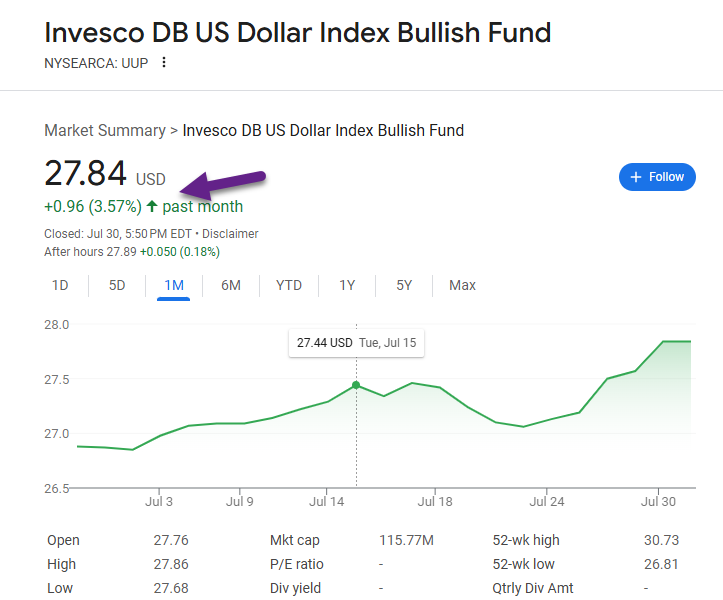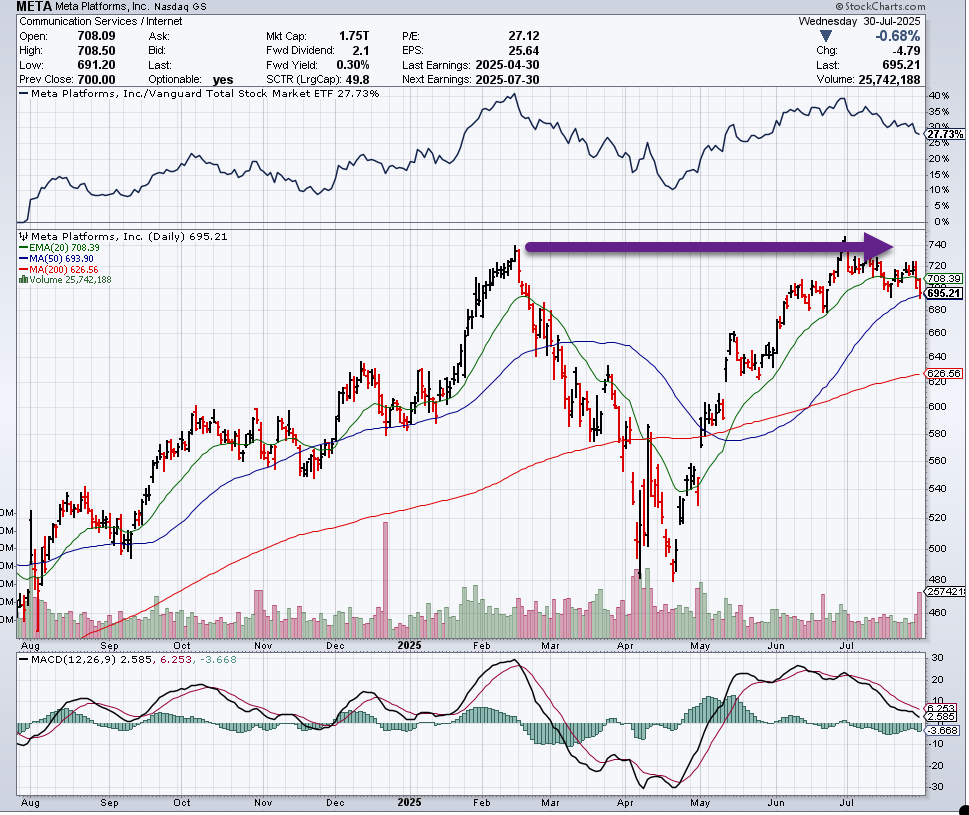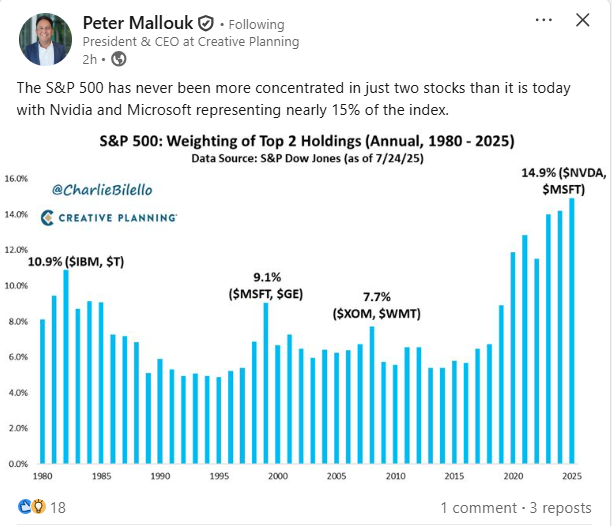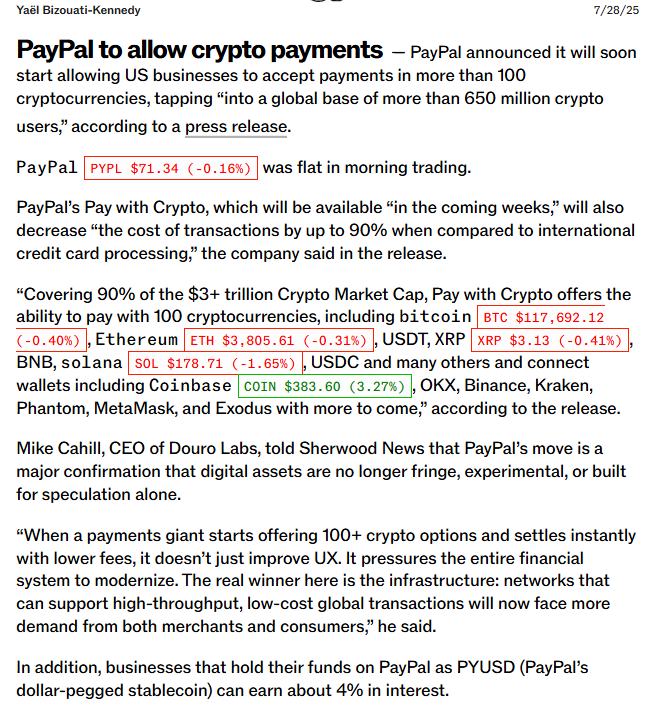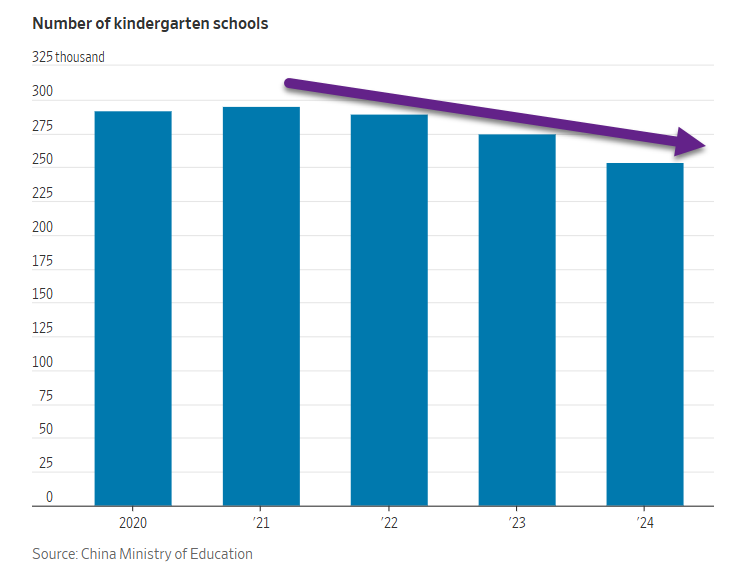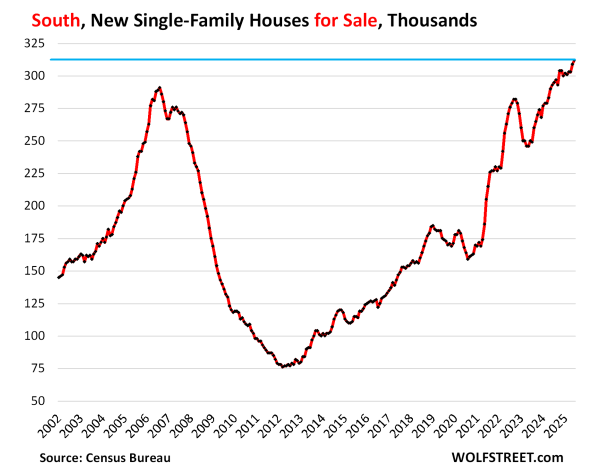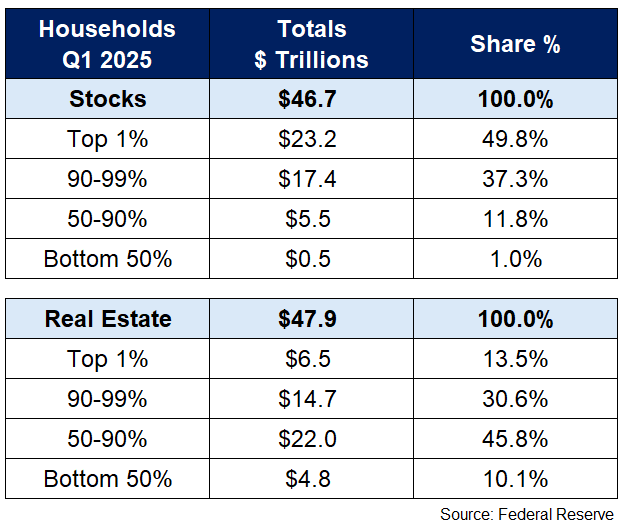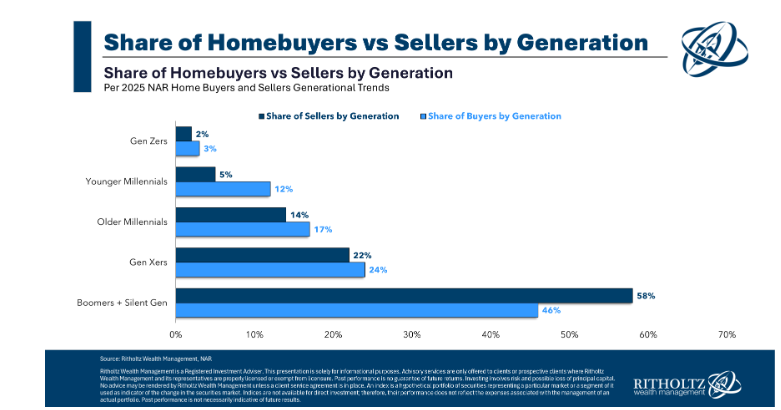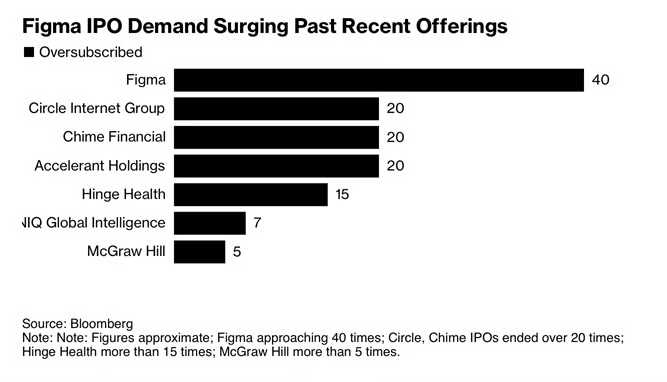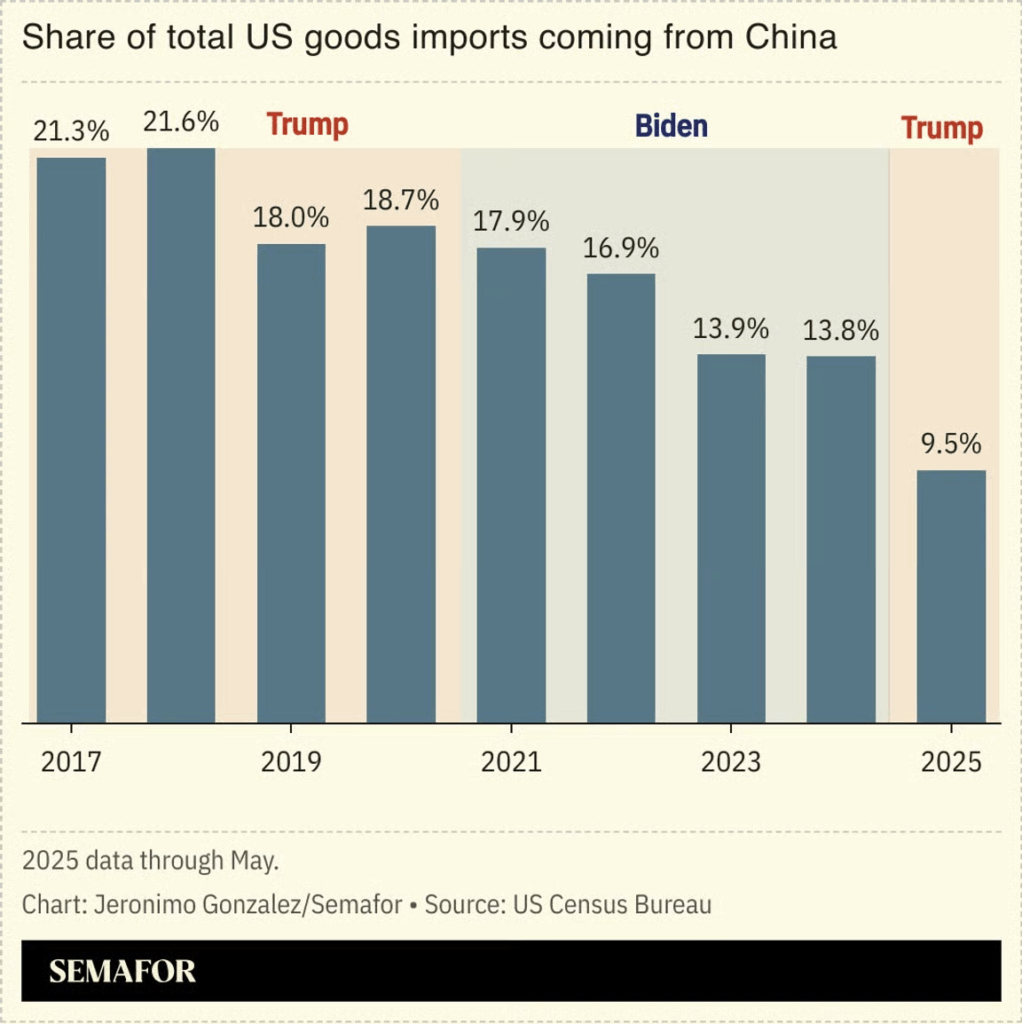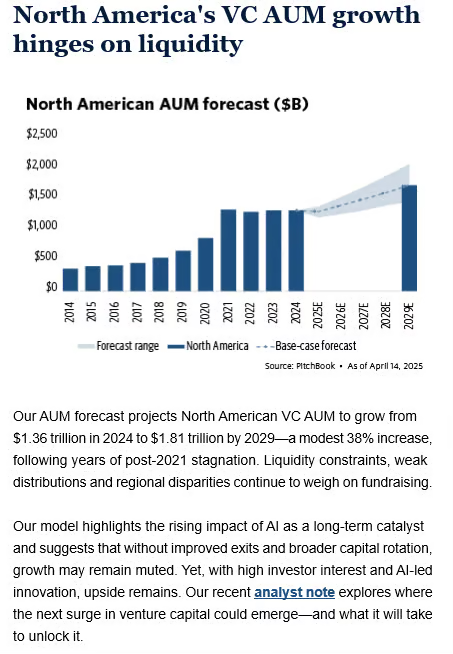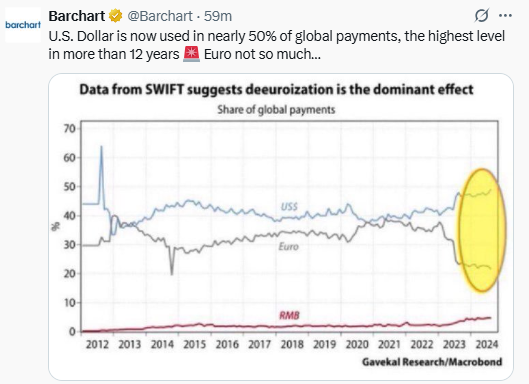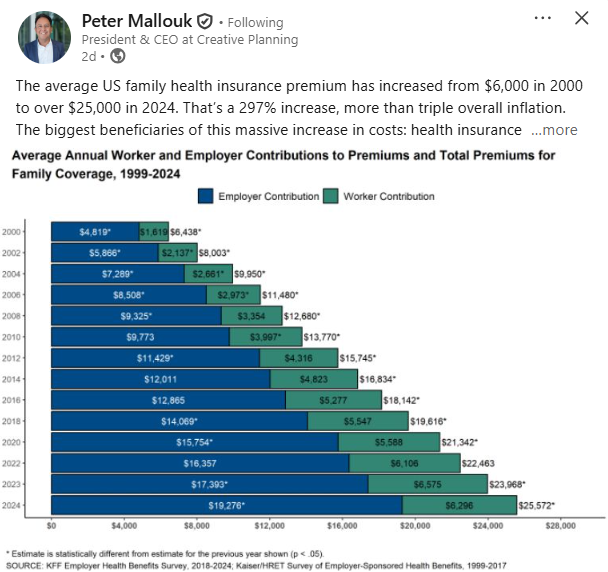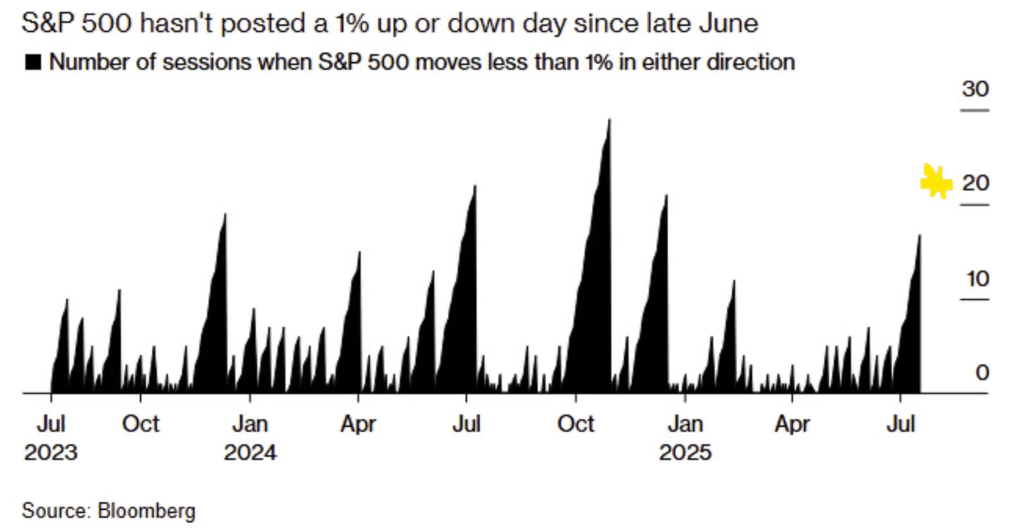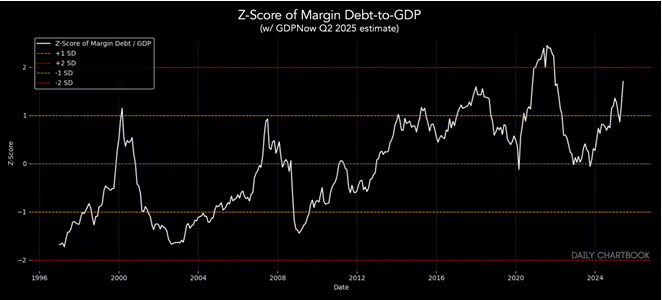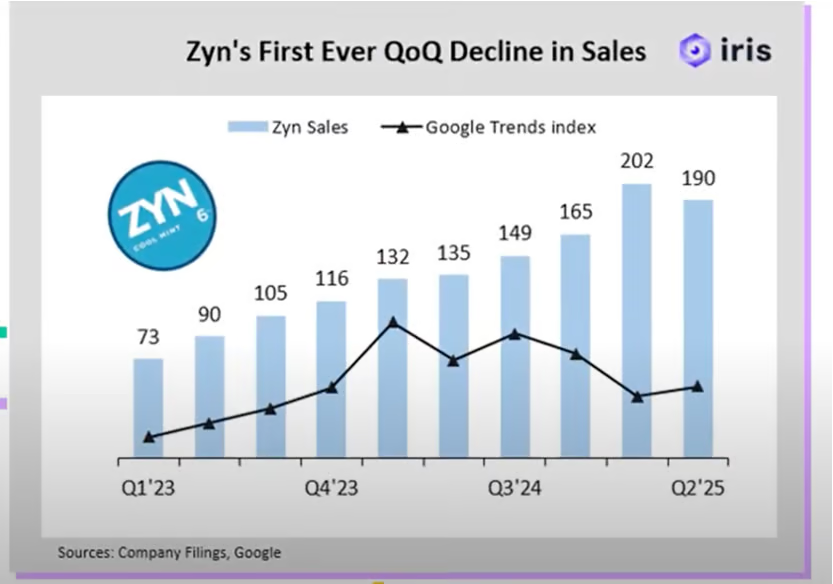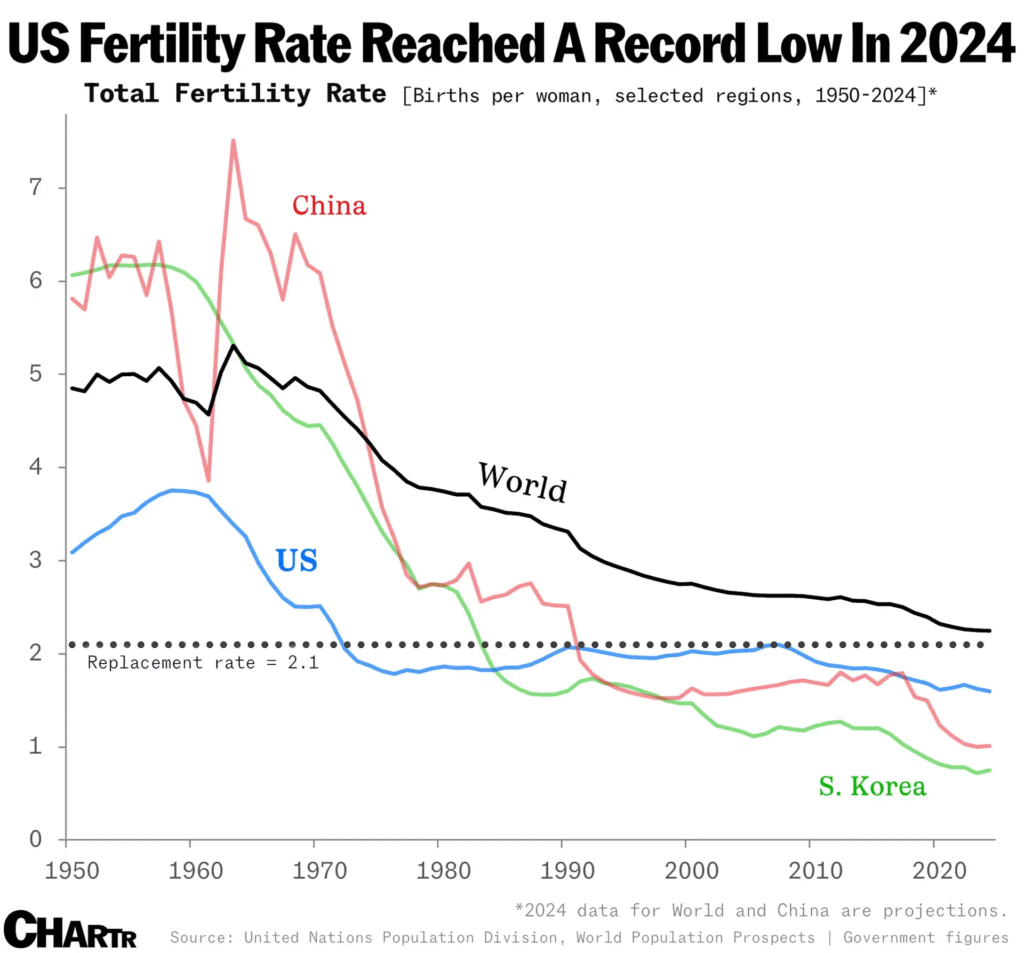1. Capital Expenditures on AI Already Passed Peak Telecom Highs.
PROF G MARKETS NEWSLETTER–Big Tech is pouring money into them. Microsoft, Amazon, Meta, and Google combined are on pace to spend roughly $340 billion on capex this year — more than the GDP of Finland.
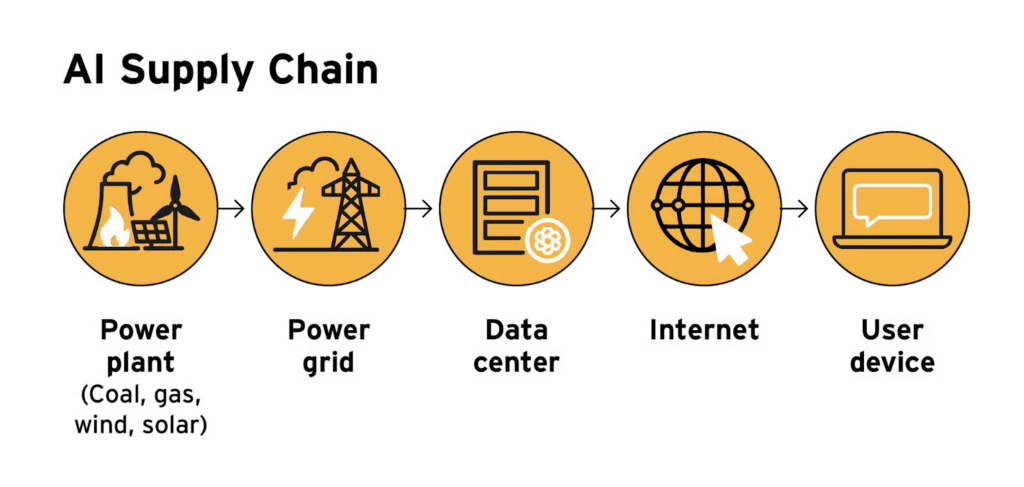
The AI boom has become an infrastructure boom. Case in point: Capital expenditures on AI data centers are already more than the peak in telecom spending during the dot-com bubble and the buildout of 5G networksas a percentage of GDP.
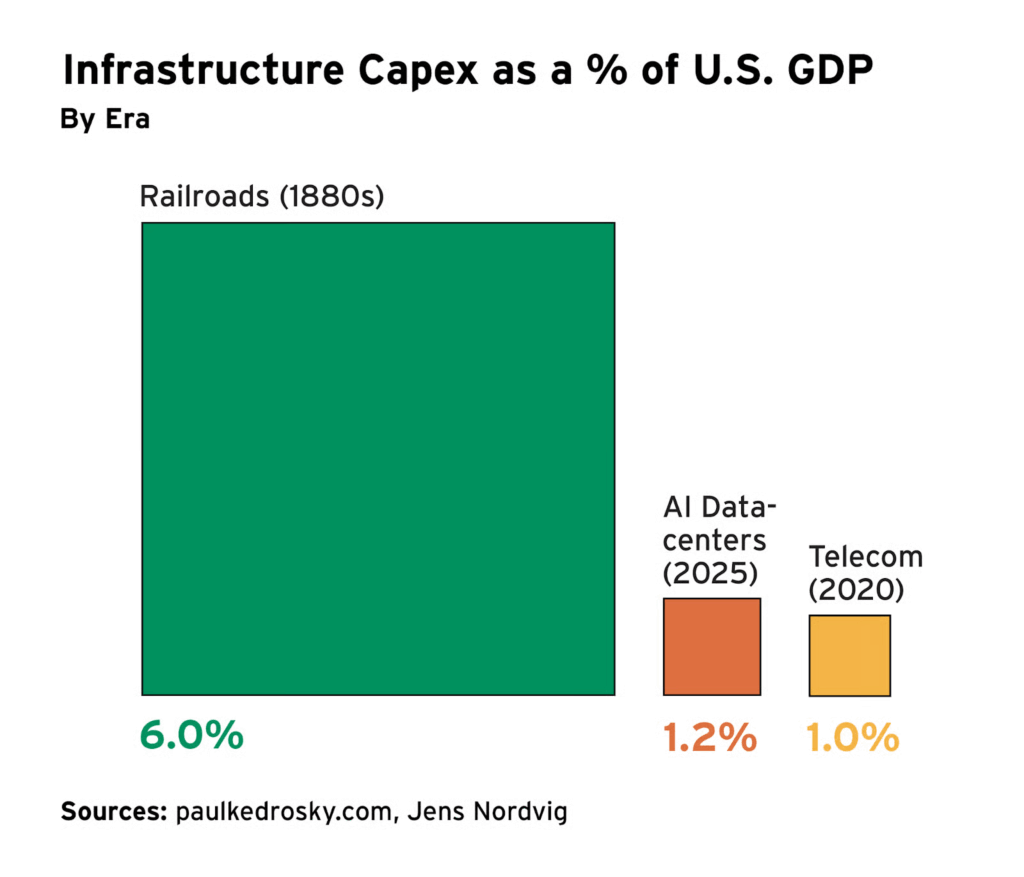
https://www.profgmarkets.com/subscribe
2. XLV Healthcare ETF in Red 2025 -3.5%…One Year -12%
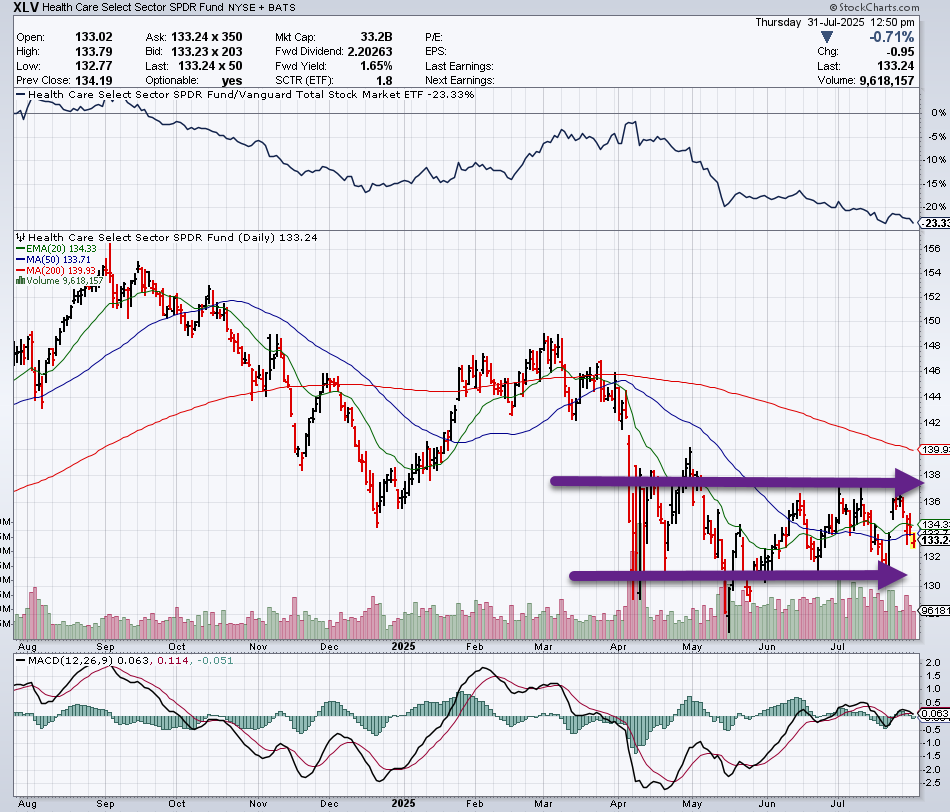
3. Trump Gives Pharma 60 Days to Cut Prices.
Axios-Tina Reed.
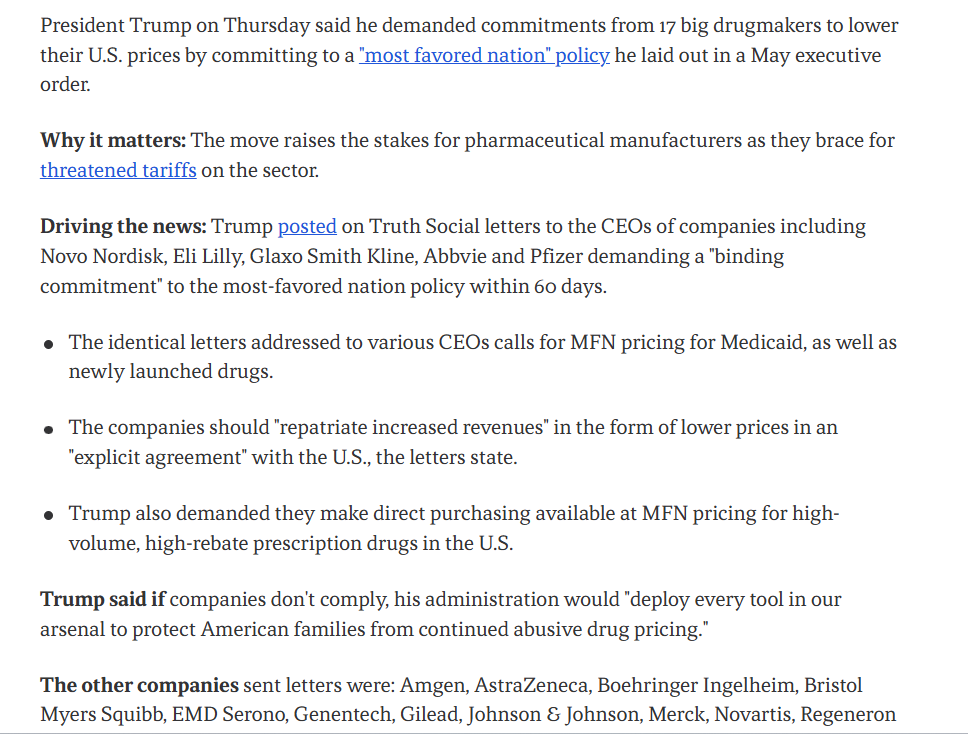
https://www.axios.com/2025/07/31/trump-us-drug-prices-deadline
4. Carvana Survived -90% Drawdown…Break Above 2021 Highs.

5. U.S. is Barely Growing Outside of AI Investments.
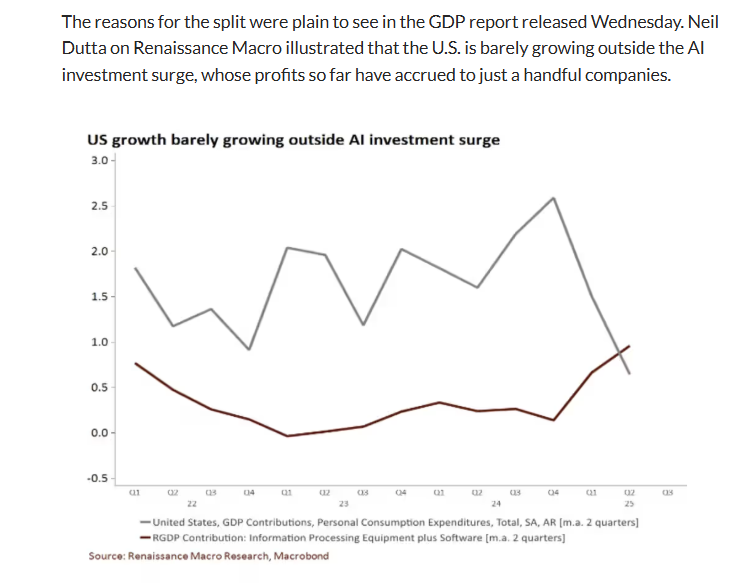
6. Heavily Shorted Stocks in Rare Period of Outperformance
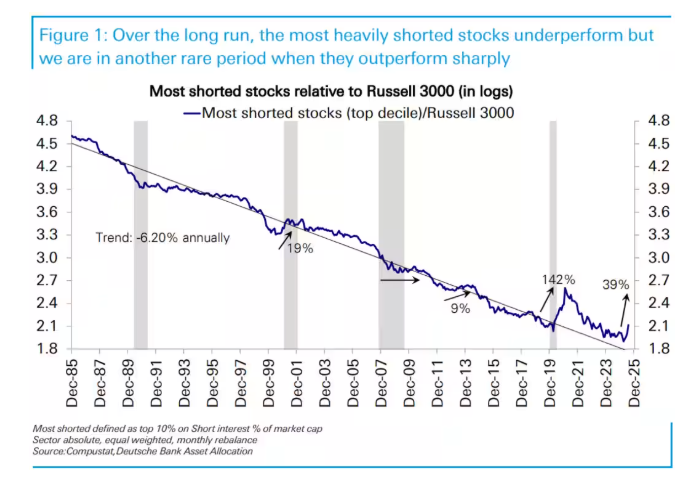
7. Follow Up to Yesterday’s Dollar Chart

https://twitter.com/themarketear?ref_src=twsrc%5Egoogle%7Ctwcamp%5Eserp%7Ctwgr%5Eauthor
8. How the U.N. is Funded.
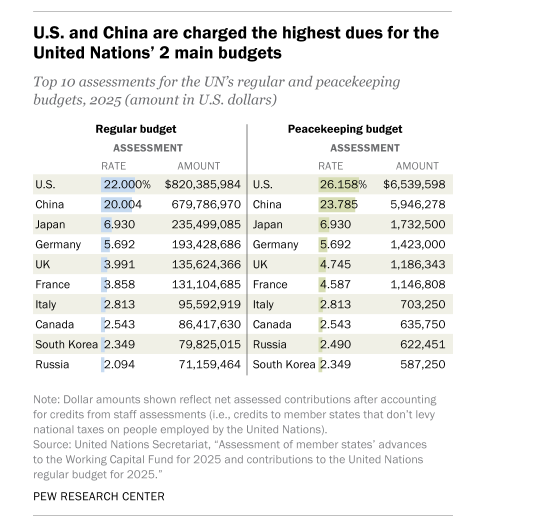
9. 2001 55+ Years Old Owned 50% of Assets vs. 2025 70%
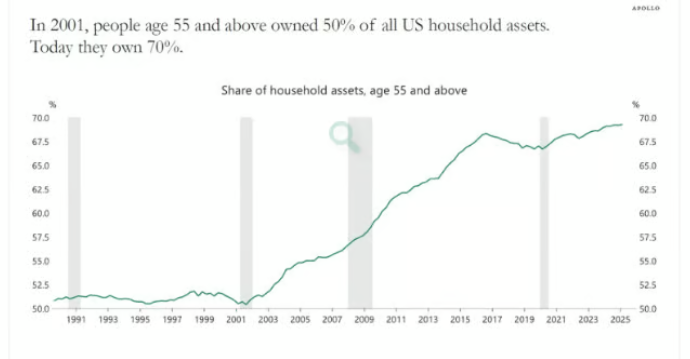
https://www.apollo.com/aboutus/leadership-and-people/torsten-slok
10. 4 simple food rules to stay in shape and live longer, followed by a longevity doctor who studies diet and aging
By Kim Schewitz
- Dr. Kurt Hong researches how what a person eats affects how they age.
- Hong follows the Mediterranean diet, which has been deemed the healthiest eating plan for years.
- His top tip is to eat plenty of fruits, vegetables, and wholegrains but not to overeat.
As an obesity doctor, a nutrition researcher, and a professor of medicine and aging, Kurt Hong has dedicated his life to understanding the link between our diets and longevity and helping patients avoid diseases such as type 2 diabetes and cancer.
But his career isn’t entirely selfless, he told Business Insider.
“I always joke with my wife that I also do this for selfish reasons,” Hong said, “I’m always looking for ways to stay young.”
To the 52-year-old father of three, age is just a number thanks to lifestyle choices we can make.
“Your body may tell you you’re 52 years old, but you can behave or you can feel like a 35-year-old,” he said. “And it can be the other way around as well.”
He added, “A lot of the age-related chronic diseases are directly related to what you eat and your weight.”
Hong’s approach to harnessing our diets to age well is simple and centered on the Mediterranean diet. It consists mainly of fresh produce, whole grains, healthy fats, and lean proteins and has been voted the healthiest way to eat eight years running by the US News and World Report.
Hong, who’s the chief medical officer of Lifeforce, a concierge preventive medicine company, and a professor at the University of Southern California, shared the four simple dietary rules he follows to stay healthy for as long as possible.
Eat your veggies
Hong’s No. 1 piece of advice is simply to eat your fruits and vegetables. He prioritizes getting enough plants, including whole grains, in his diet because they contain fiber.Diets high in fiber are associated with a lower risk of multiple types of cancer, lower cholesterol levels, a lower risk of cardiovascular disease, and a healthy gut microbiome — the community of microbes that live in the colon lining and are thought to affect overall health.
“The other part of it is that by getting your fruits and vegetables, you also get a lot of the vitamins,” Hong said.Plenty of evidence suggests that people who eat more plants are likely to be healthier than those who don’t. In a 2019 study published in the Journal of the American Heart Association, which followed more than 12,000 people for 29 years, those who reported eating about four to five servings of plants a day, and little to no processed or red meat, were 18 to 25% less likely to die prematurelythan those who relied more on meat and other animal products.
Eat a lot of fish
Hong’s main source of animal protein is fish, because it’s rich in vitamins, antioxidants, and protein. “I eat a lot of fish,” he said.Wild-caught salmon, albacore tuna, and halibut are his favorites, and he mostly bakes or poaches them.Fish contains omega-3 fatty acids, which are essential for brain health. A 2024 meta-analysis published in the journal Aging Clinical and Experimental Research found that eating fish was associated with a lower risk of cognitive impairment, dementia, and Alzheimer’s disease. The vitamins and minerals in fish, as well as omega-3, are thought to be brain-boosting, the authors said.
“Even if you don’t eat fish daily, try for just two, three times a week,” Hong said.
Don’t overeat
Hong also pays attention to how much he’s eating.
“You can eat all the right things, but if you still carry that extra weight, there’s still a level of systemic inflammation that’s contributing to your risk of chronic disease,” he said. “If your body’s burning 2,000 calories, but you’re eating 6,000 calories of fruits and vegetables, guess what? You’re still going to gain weight.”
Though it’s contested whether a person’s size is an indicator of their health, being overweight or obese is linked to a greater risk of several health conditions, including type 2 diabetes, cardiovascular disease, and certain types of cancer.To meet his nutritional goals — which are to eat enough protein, plants, and healthy fats, while maintaining a healthy weight — Hong eats higher-calorie foods in moderation.
For example, he may grab three hard-boiled eggs for breakfast, eat the higher-protein whites, and remove the higher-calorie yolks from two.
“It allows me to hit my calorie goals a little bit easier but still allows me to make sure that I get to my protein goal as well,” he said.
“So it’s the right volume and also the right type of food,” Hong said.
Meal prep to avoid ultra-processed foods
Ultra-processed foods are typically packaged and contain ingredients you wouldn’t find in a regular kitchen. They’re generally convenient and cheap, but eating lots of them has been linked to a greater risk of cardiovascular disease, diabetes, cancer, depression, and dying early from any cause.
Hong understands that it’s nearly impossible to eliminate ultra-processed foods entirely because they’re “everywhere.” But to eat fewer UPFs, he meal preps as much as possible.
“I do still have business meetings out where I have to grab dinners and other things. But you do the best you can,” he said.
For people who are time-strapped, he suggested trying out a meal delivery service.
“They’ll ship it to your home, where you have to put everything together within about 20, 30 minutes. That can take away the ultra-processed component,” he said.
https://www.businessinsider.com/simple-food-rules-stay-in-shape-live-longer-longevity-doctor-2025-7


